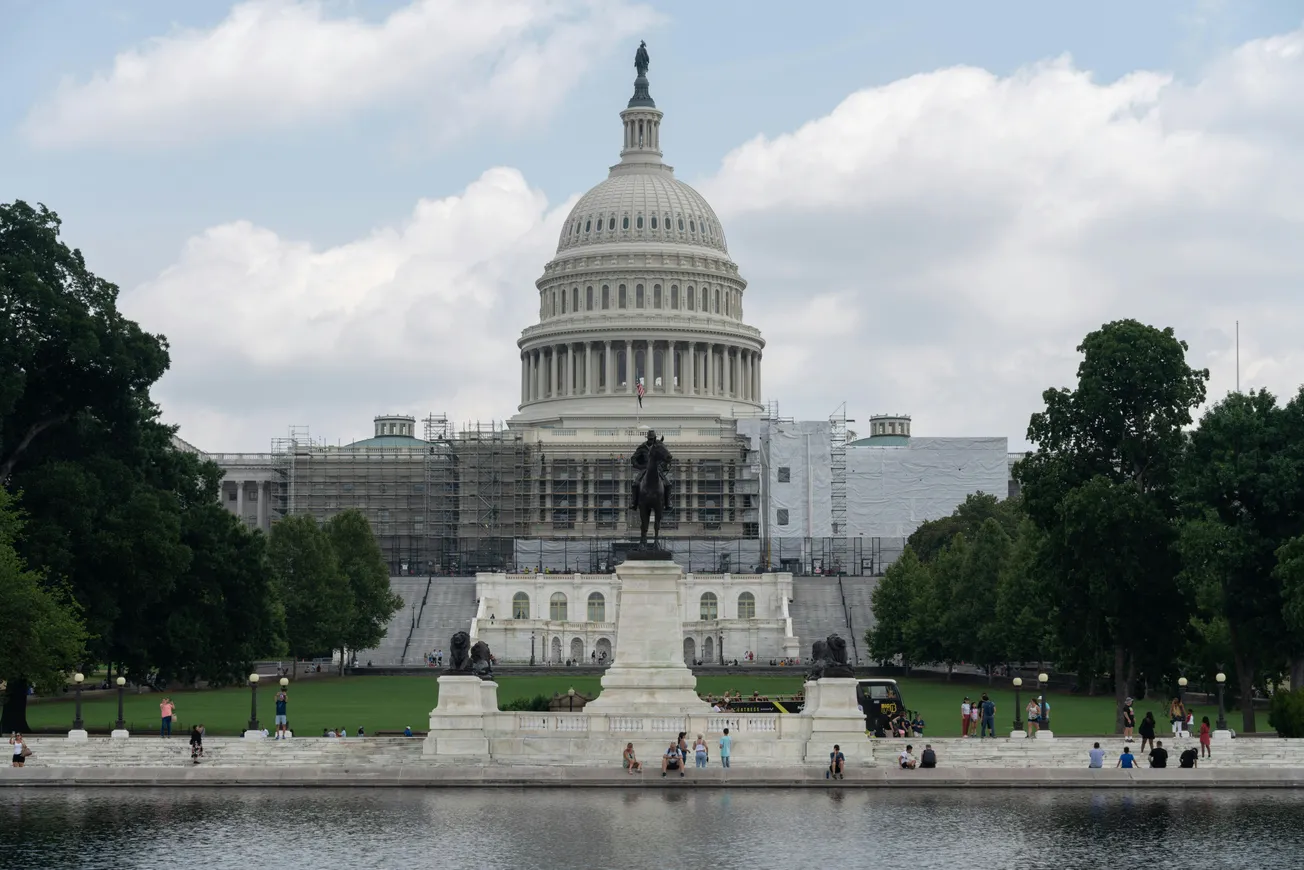In remarks delivered at the Bloomberg New Economy Forum in Singapore on November 20, 2025, FedEx Corp. CEO Raj Subramaniam warned that the recent shocks to global trade and logistics are not just temporary disruptions but signal a “new equilibrium” for supply chains.
According to Subramaniam, global trade flows are becoming increasingly regional in nature—a structural change driven by key forces such as geopolitical risk, evolving technology, and shifting regulatory regimes.
The remarks come against a backdrop of real‑world operational shifts at FedEx. The company announced that it expects a roughly US $1 billion hit this year tied to trade volatility, particularly reduced shipment volumes from China to the U.S.
It also noted that certain flows are now rerouting from China toward Europe, Latin America and other parts of Asia—prompting the company to redeploy aircraft and capacity to align with this changing trade geography.
From a retail and omnichannel perspective, these comments underscore significant supply‑chain implications. For major retailers and their vendor networks, the “new regional equilibrium” means rethinking sourcing strategies, inventory positioning, and logistics partnerships. Cost and lead‑time advantages from global “just‑in‑time” sourcing may be under pressure, while resilience and flexibility are gaining prominence.
Research from the Federal Reserve Bank of Richmond supports this view, showing that disruptions propagate through supply networks and that many firms are now shifting toward regional sourcing, higher inventory and friend‑shoring for resilience.
In sum, FedEx’s warning reinforces that the supply‑chain disruptions of recent years—whether from pandemic‑related interruption, geopolitical tension, or trade‑policy shifts—are not simply cyclical but may define the next phase of global logistics architecture.
Companies in the retail ecosystem will need to adjust to these changes if they hope to stay competitive in an increasingly complex, multi‑regional supply environment.









